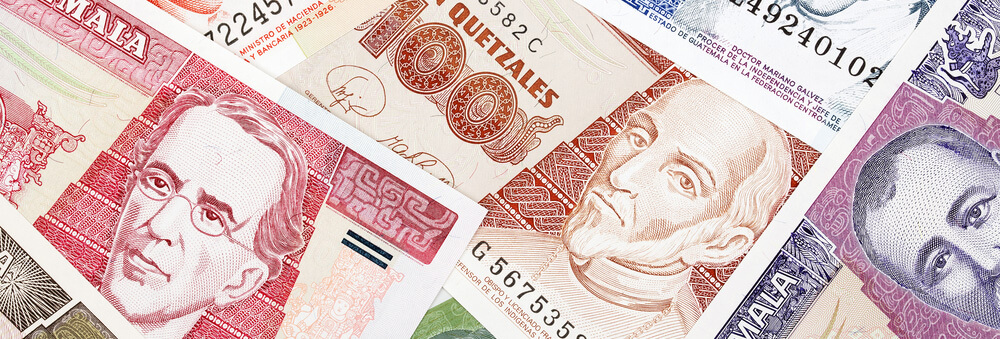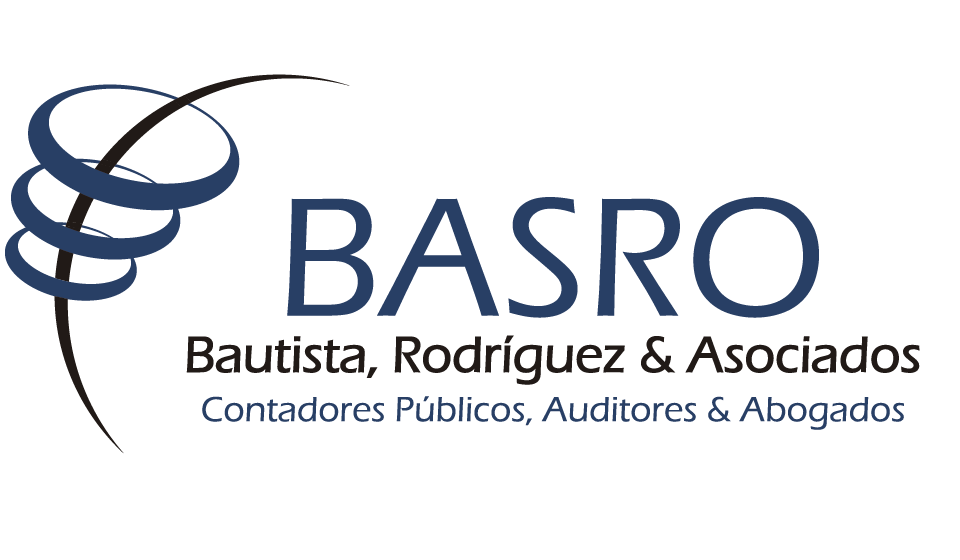Strategic point for trade
Given its location on the isthmus of Central America, bordering Mexico and Central America, Guatemala establishes itself as a strategic trade bridge for a market of more than 68 million people, with a production area of more than $319,000 million dollars, according to estimates by the Swiss - Guatemalan Chamber of Commerce.
Additionally, its privileged geographical location that allows it to limit both the Pacific Ocean and the Atlantic Ocean, has facilitated access to the member countries of the North American Free Trade Agreement (NAFTA) and this has positioned this nation as a point strategic for international trade.
Guatemala has become an important destination for foreign investors, since the country contributes to 40% of the economic performance of the region and with its nearly 17 million inhabitants, it is recognized as the most important market in Central America. Thanks to its geography, the nation has a logistics service across the Pacific and Atlantic oceans, and has created a free trade area with the US and Mexican economies.
Young human talent
According to the National Institute of Statistics (INE), the total economically active population in Guatemala was 7,246,495, comprising the age range of 15 to 65 years. This nation has an economically active population of 7.1 million people, with 70% of the population under 30 years of age. According to the Local Competitiveness Index, prepared by the Foundation for the Development of Guatemala (FUNDESA), the Guatemalan labor force ranked sixth in favor of the country's macroeconomic stability with 74.8%, followed by health.
Likewise, the Global Competitiveness Index, from the World Economic Forum, highlights that Guatemala ranks eighth among the 19 countries in the region, where it is easier to find trained personnel. This is partly due to the quality of its 14 universities, which have approximately 50 branches throughout the country. The country also stands out, above all of Central America, for having the largest student population with more than 312,700 students specializing in humanistic and technical careers, meeting the demanding international standards.
Thanks to this educational level, business activity is an important pillar in Guatemalan society and economy, where 50% of companies have personnel under 40 years of age. In this regard, the Government wants to decentralize the industrial sector from the metropolitan areas, to improve productivity in all regions of the nation, opening up a profitable scenario supported by the Government, so that international investors can participate in this process.
Stability and economic performance
Guatemala has one of the largest economies in Central America and has the largest economic market in Central America, which represents 35% of the region's GDP. For 8 years, this nation has achieved an expansion of 375.6% in its FDI, evidencing a good economic stability that has managed to gain the trust of foreign investors and multinationals.
Among the sectors that contribute the highest percentage to GDP are commerce with 25%, and agriculture, forestry, hunting and fishing with 22%. The latter generates two thirds of exports and half of the labor force. Among the main export products are coffee, corn, sugar cane, fruits, vegetables, meat and poultry products. The participation of the Guatemalan industrial sector is 12%, highlighting the production of food and beverages, textiles, footwear, clothing and the manufacture of metal products, mainly.
According to the executive committee of the Guatemalan National Competitiveness Program (Pronacom), it is estimated that foreign investment will increase by 35% by the end of this year, in part due to the search for new markets and the creation of greater opportunities for small and medium-sized companies. Business. According to the Government, the goal is to maintain direct foreign investment at 1.2 billion dollars for this year, which in its first 7 months reached 700 million dollars.
Another interesting aspect that attracts foreign investment is the customs union established between Guatemala, Honduras and El Salvador that facilitates the commercial exchange of more than $3,892.4 MM US and that groups 75% of the population of the Central American region.
Important trade agreements
According to the National Competitiveness Program of Guatemala (Pronacom), this nation has an active participation in international trade thanks to its Free Trade Agreements (FTA) and Partial Scope Agreements (AAP) signed with different regions and countries, among the which are:
- Central American Economic Integration Treaty.
- Free Trade Agreement Mexico - Northern Triangle (Guatemala, El Salvador and Honduras).
- Free Trade Agreement between the United States, Central America and the Dominican Republic DR-CAFTA -Colombia.
- Free Trade Agreement Guatemala – Taiwan.
- Guatemala-Panama Free Trade Agreement.
- Free Trade Agreement Guatemala - Colombia
- Guatemala-Chile Free Trade Agreement.
- European Union Association Agreement.
- Partial Scope Agreement: Belize, Cuba, Ecuador and Venezuela.
Additionally, they also have some commercial investment agreements that have been established with Belgium-Luxembourg, Austria, Korea, Spain, Argentina, Finland, Italy, among other countries.
In this way we can show that the CAFTA-DR FTA (USA, Costa Rica, Honduras, El Salvador, Nicaragua and the Dominican Republic), represents 92% of the industrial and consumer goods of the United States and 82% of agricultural products enter Guatemala free of tariffs.
It is important to note that this country enjoys great macroeconomic stability and very low public debt. It also has high international monetary reserves and a solid financial system, and its GDP has maintained its growth of close to 3% in recent years.
Logistics platform
The National Competitiveness Program of Guatemala (Pronacom), highlights that this nation has a modern infrastructure at the Central American level. For example, in the port area, the country has direct access to the Pacific and Atlantic coasts in its 250 miles from coast to coast, allowing it to be an alternate logistics platform to enter neighboring countries. This income is also made through its highway network that has an extension of 14,000 km, the most used being the Interoceanic Highway that crosses the country from east to west between the Atlantic and Pacific oceans and the Pan-American Highway that unites Mexico with Panama.
Another interesting aspect is that it manages the largest maritime cargo operation in Central America (38%™) through its 3 main seaports, Santo Tomás de Castilla, Puerto Barrios in the Atlantic and Puerto Quetzal in the Pacific. It also has 2 international airports, 9 local airfields, 22 commercial airlines and 11 cargo airlines operating.
Telecommunications infrastructure
As of the entry into force of Decree Number 94-96, issued by the Congress of the Guatemalan Republic, free participation and negotiation in the provision of services in the telecommunications sector was fully enabled. In this way, the General Telecommunications Law established a legal framework to develop telecommunications activities and promote the use and exploitation of the radio spectrum to promote the updating of the sector and attract investors, among others.
In this segment there are interesting technological business opportunities, such as the one being executed from the Guatemalan Pacific coast, where the installation of a fiber optic cable that will reach Valparaíso in Chile and that will help strengthen the communications. This shows that this is a strategic point for fiber optic connections in the region.
Legal support for foreign investment
In order to promote foreign investment, the Government of Guatemala implemented the Foreign Direct Investment Law, through Decree 9-98. This law grants them rights such as:
National treatment. The foreign investor receives the same treatment as a national and discrimination is prohibited both for the person and for his business.
Regarding the issue of private property, the State recognizes the foreign investor the right, use and ownership of the property over their investment. The Government may not directly or indirectly expropriate the investment of a foreign investor.
Likewise, in the aspect of foreign trade, the Government protects the import, export of goods and services of legal trade that are necessary for the development of the activities of the foreign investor in the country.
Another interesting aspect is in the foreign exchange negotiations, since foreign investors have free access to the purchase, sale and convertibility of foreign currency, in accordance with the special laws on exchange matters and on equal terms with the national investor.
.jpg)




